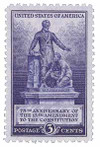
# 902 - 1940 3c Emancipation Memorial, 13th Amendment
3¢ Lincoln Emancipation Statue
City: World’s Fair, NY
Quantity: 44,389,550
Printed by: Bureau of Engraving and Printing
Printing Method: Rotary Press
Perforations: 10.5 x 11
Color: Deep violet
Emancipation Memorial
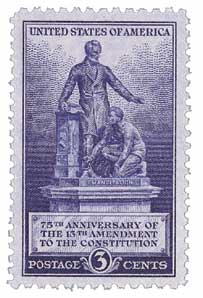
On April 14, 1876, the Emancipation Memorial (also known as the Freedmen’s Memorial Monument) was unveiled in a special ceremony in Washington, DC.
Upon hearing of Abraham Lincoln’s assassination in 1865, freed slave Charlotte Scott said, “Colored people lost their best friend on earth.” She then declared that she wanted to honor the fallen President with a memorial. Scott donated the first five dollars she earned as a free woman to her former master for that purpose.
Scott’s actions were widely publicized and marked the start of a fund-raising drive for the Emancipation Memorial. The Western Sanitary Commission, a volunteer war-relief agency, took over fund-raising activities, collecting $20,000 before announcing their goal of $50,000. The majority (if not all) of the funds came from freed slaves, primarily African American Union veterans.
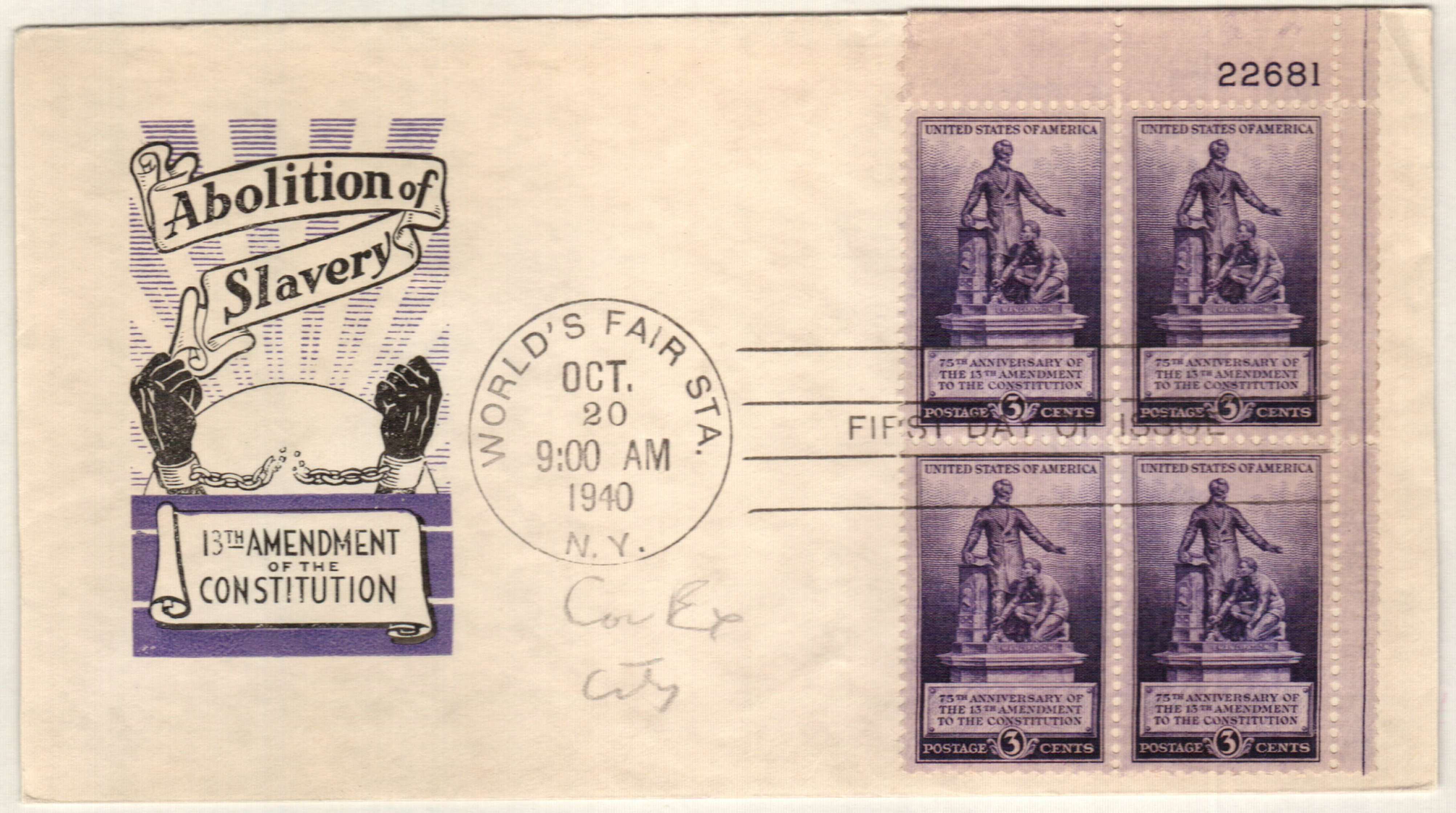
Sculpted by Thomas Ball, the statue depicts Lincoln holding the Emancipation Proclamation, with a newly freed slave with broken shackles, preparing to stand and embrace his freedom. The former slave is Archer Alexander, the last man captured under the Fugitive Slave Act, whose story was made famous by William Greenleaf Eliot.
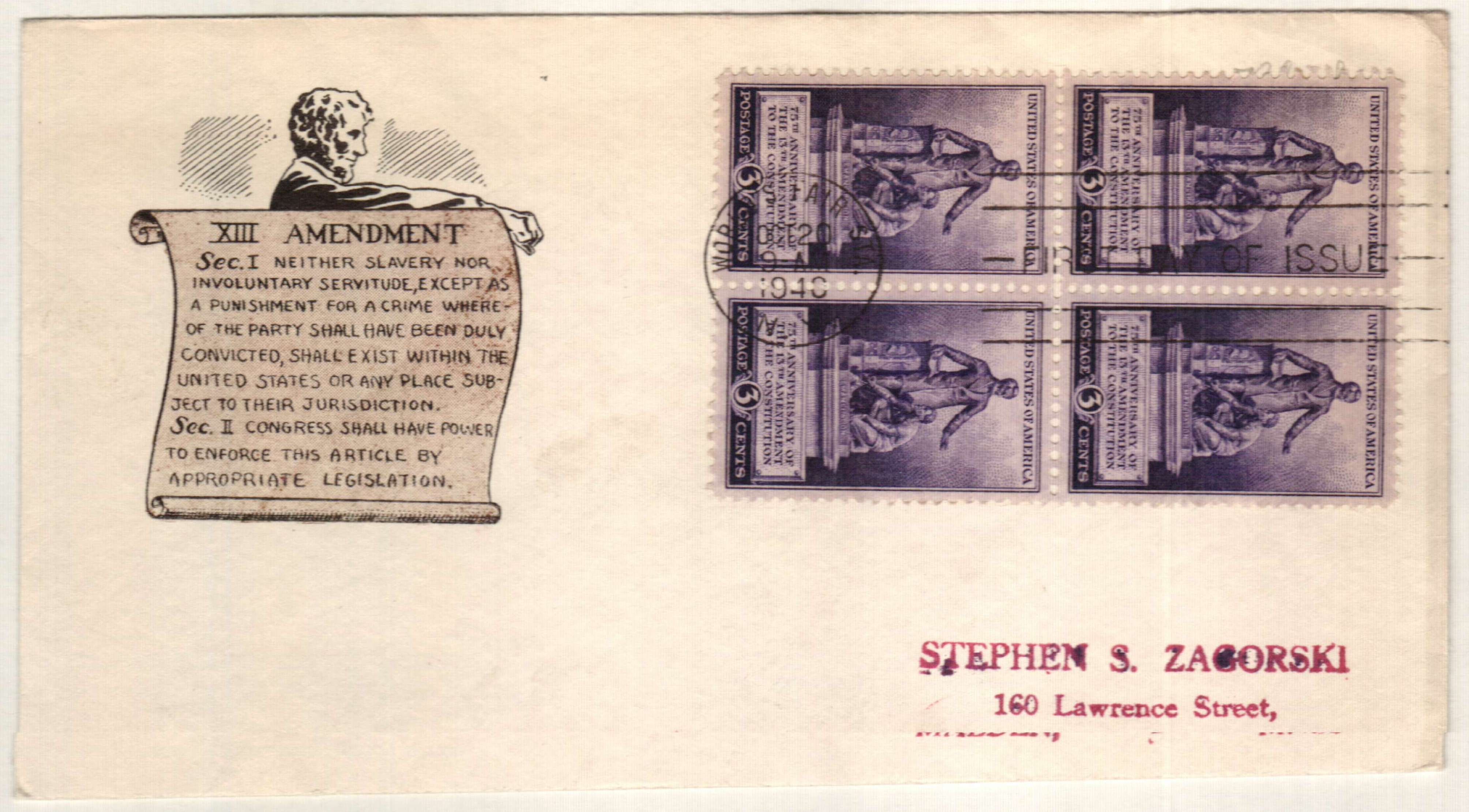
The site for the statue, Lincoln Park, was part of Pierre L’Enfant’s original plan for Washington, DC. He had envisioned it as a square to hold a massive column. However, the area was used as a dumping ground for several years. Then during the Civil War, it hosted Lincoln Hospital, a temporary site for wounded Union soldiers. Following Lincoln’s death, it was named Lincoln Square in 1867, making it one of the first sites to be named after the fallen president.
After the statue was cast in Munich, it arrived in Washington in early 1876. Congress approved the statue and provided $3,000 for a pedestal to place it on. The statue’s dedication ceremony was held on April 14, 1876 – exactly eleven years after John Wilkes Booth shot the President.
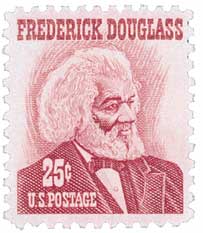
The day’s events included a 50,000-person parade and a stirring speech by Frederick Douglass, who said, “He was the white man’s president, with the white man’s prejudices and he had been ready and willing at any time during the first years of his administration to deny, postpone, and sacrifice the humanity of the colored people to promote the welfare of the white people. [Speaking to the whites in the audience] You are the children of Abraham Lincoln, we are at best his stepchildren; children by adoption; children by force of circumstance and necessity…even if Lincoln was motivated by political expedience by signing the Emancipation Proclamation, he is our liberator.”
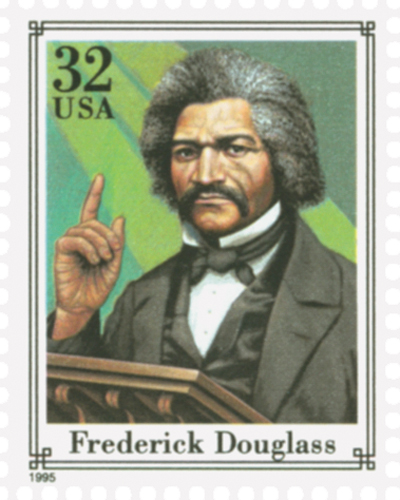
Over the years, some have taken issue with the statue’s design, as it depicts Archer below Lincoln, in a subservient position. Even Douglass reflected that it showed Archer “on his knees when a more manly attitude would have been indicative of freedom.”
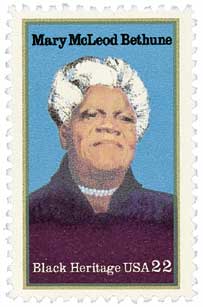
When it was first built, the statue faced the US Capitol. In 1959, Congress authorized a memorial to Mary McLeod Bethune, founder of the National Council of Negro Women. It was supposed to honor the 100th anniversary of the Emancipation Proclamation but was delayed due to fundraising issues. It was finally completed and dedicated in 1974. After that, the Emancipation Statue was rotated east to face it.
Click here to view the statue.
3¢ Lincoln Emancipation Statue
City: World’s Fair, NY
Quantity: 44,389,550
Printed by: Bureau of Engraving and Printing
Printing Method: Rotary Press
Perforations: 10.5 x 11
Color: Deep violet
Emancipation Memorial

On April 14, 1876, the Emancipation Memorial (also known as the Freedmen’s Memorial Monument) was unveiled in a special ceremony in Washington, DC.
Upon hearing of Abraham Lincoln’s assassination in 1865, freed slave Charlotte Scott said, “Colored people lost their best friend on earth.” She then declared that she wanted to honor the fallen President with a memorial. Scott donated the first five dollars she earned as a free woman to her former master for that purpose.
Scott’s actions were widely publicized and marked the start of a fund-raising drive for the Emancipation Memorial. The Western Sanitary Commission, a volunteer war-relief agency, took over fund-raising activities, collecting $20,000 before announcing their goal of $50,000. The majority (if not all) of the funds came from freed slaves, primarily African American Union veterans.

Sculpted by Thomas Ball, the statue depicts Lincoln holding the Emancipation Proclamation, with a newly freed slave with broken shackles, preparing to stand and embrace his freedom. The former slave is Archer Alexander, the last man captured under the Fugitive Slave Act, whose story was made famous by William Greenleaf Eliot.

The site for the statue, Lincoln Park, was part of Pierre L’Enfant’s original plan for Washington, DC. He had envisioned it as a square to hold a massive column. However, the area was used as a dumping ground for several years. Then during the Civil War, it hosted Lincoln Hospital, a temporary site for wounded Union soldiers. Following Lincoln’s death, it was named Lincoln Square in 1867, making it one of the first sites to be named after the fallen president.
After the statue was cast in Munich, it arrived in Washington in early 1876. Congress approved the statue and provided $3,000 for a pedestal to place it on. The statue’s dedication ceremony was held on April 14, 1876 – exactly eleven years after John Wilkes Booth shot the President.

The day’s events included a 50,000-person parade and a stirring speech by Frederick Douglass, who said, “He was the white man’s president, with the white man’s prejudices and he had been ready and willing at any time during the first years of his administration to deny, postpone, and sacrifice the humanity of the colored people to promote the welfare of the white people. [Speaking to the whites in the audience] You are the children of Abraham Lincoln, we are at best his stepchildren; children by adoption; children by force of circumstance and necessity…even if Lincoln was motivated by political expedience by signing the Emancipation Proclamation, he is our liberator.”

Over the years, some have taken issue with the statue’s design, as it depicts Archer below Lincoln, in a subservient position. Even Douglass reflected that it showed Archer “on his knees when a more manly attitude would have been indicative of freedom.”

When it was first built, the statue faced the US Capitol. In 1959, Congress authorized a memorial to Mary McLeod Bethune, founder of the National Council of Negro Women. It was supposed to honor the 100th anniversary of the Emancipation Proclamation but was delayed due to fundraising issues. It was finally completed and dedicated in 1974. After that, the Emancipation Statue was rotated east to face it.
Click here to view the statue.





